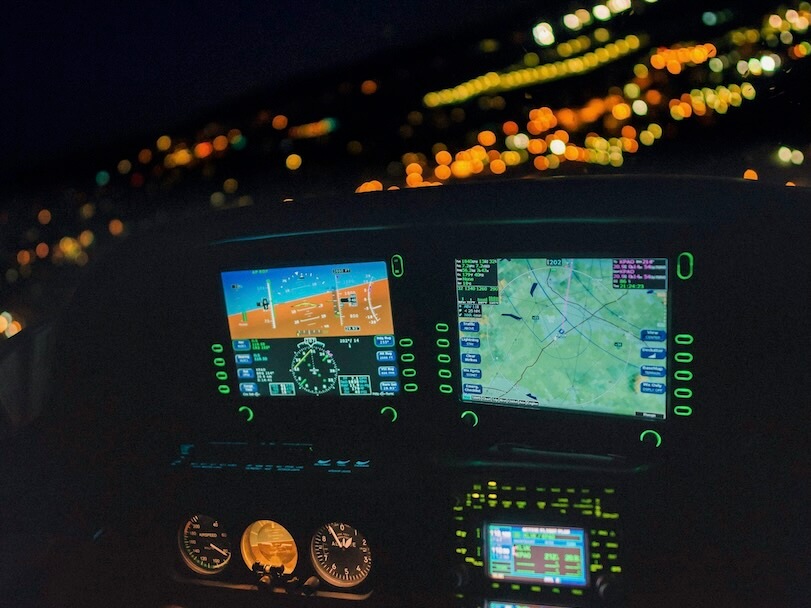According to data from the World Air Transport Statistics (WATS), aircraft fuel remains the largest expense for airlines worldwide. As a result, many carriers are consistently exploring strategies to enhance their fuel management practices. By improving how fuel is monitored, planned, and utilised, airlines can reduce overall fuel consumption and, in turn, lower their operating costs. This is an essential move in an industry where profitability is closely tied to resource efficiency.

That said, effective fuel management isn’t only about cutting costs. It’s also about ensuring flight safety and operational efficiency. Proper fuel planning guarantees that each aircraft carries the right amount of fuel to reach its destination, including reserves for unforeseen delays or diversions. One way to effectively monitor fuel is by using fuel tracking software to help pilots and ground crews make informed decisions about fuel use, leading to more efficient operations.
To that end, in this article, we’ll discuss the various ways fuel tracking technology contributes to increased operational efficiency in aviation.
1. Real-Time Fuel Monitoring
A fuel tracking system gives airlines real-time visibility into how much fuel is being used during every phase of a flight, from taxiing and takeoff to cruising and landing. This kind of live data allows pilots and operations teams to spot excessive fuel use early and make immediate adjustments. For example, if fuel consumption is higher than expected during a flight, the crew can make operational changes such as optimising altitude or speed.
Having access to this real-time information also gives airlines greater flexibility to respond to changing flight conditions like fluctuating weather, air traffic, or unexpected route alterations. This, in turn, helps reduce unnecessary fuel burn, improves cost control, and contributes to faster, more efficient in-flight decision-making. It can also lead to better fuel-saving practices and more predictable operational outcomes over time.
2. Accurate Fuel Planning
Fuel tracking technology also plays an important role in accurate pre-flight fuel planning. In particular, fuel tracking software has the ability to analyse historical flight data along with real-time variables like weather, aircraft weight, route structure, and air traffic conditions, allowing airlines to determine exactly how much fuel is needed for each flight.
All of this means that aircraft can avoid being overfueled (which adds extra weight and increases consumption) or underfueled (which can pose a safety risk). With smarter fuel planning, airlines can reduce delays, improve on-time performance, and keep their operations running smoothly.
3. Detection of Anomalies and Inefficiencies
One of the key advantages of fuel tracking systems is their ability to detect irregular fuel usage. This includes problems like leaks, tank imbalances, or burn rates that are higher than normal—issues that might go unnoticed without diligent monitoring.
Through fuel tracking technology, airlines can spot inefficiencies early and take corrective action to prevent issues from escalating. This not only reduces unexpected maintenance costs but also extends the life of aircraft components, supporting more reliable and efficient operations in the long run.
4. Performance Benchmarking
Fuel tracking allows airlines to benchmark performance across different aircraft, routes, and flight crews. By comparing detailed fuel usage data, they can identify which flights are operating the most efficiently and which ones still have room for improvement. These insights can then inform pilot training, route planning, and even aircraft selection.
Benchmarking also supports a culture of continuous improvement and enables airlines to apply best practices across their entire fleet. Additionally, it fosters data-driven decision-making, helping management set realistic performance targets and measure progress with greater accuracy.
5. Environmental Impact Reduction
Reducing fuel consumption also means reducing emissions, which remains a growing priority in the aviation industry. In this regard, fuel tracking technology helps airlines adopt more sustainable practices by pinpointing areas where fuel usage can be lowered without affecting safety or performance.
From optimising flight paths to minimising engine idling time, even small changes can make a big environmental difference when applied at scale. These improvements not only help airlines meet regulatory requirements but also directly contribute to greater operational efficiency. By using less fuel to achieve the same outcomes, airlines can build a reputation as responsible and eco-conscious operators without compromising their overall performance.
6. Integration with Flight Planning Systems
Modern fuel tracking tools often work hand-in-hand with flight planning systems, allowing updates to be made automatically as conditions change. For instance, if weather or traffic requires a detour, the system can recalculate the most fuel-efficient alternative in real time.
This integration leads to better coordination and more responsive decision-making both on the ground and in the air. It ensures flights stay on track with minimal disruption, ultimately contributing to smoother, more efficient operations from start to finish.
As the aviation industry continues to evolve, fuel management has become more than just a matter of cost control. It’s also a critical component of sustainable, efficient, and safe operations. Through advanced fuel tracking technology, airlines can optimise fuel consumption while also making significant strides in reducing emissions, lowering operational costs, and enhancing overall flight performance. Embracing these innovations positions airlines to meet the demands of a modern, responsible aviation industry—an essential step toward long-term sustainability and growth.
People also read this: Looking to Rebuild Your Credit Score Fast? Discover 3 Methods That Work Wonders

